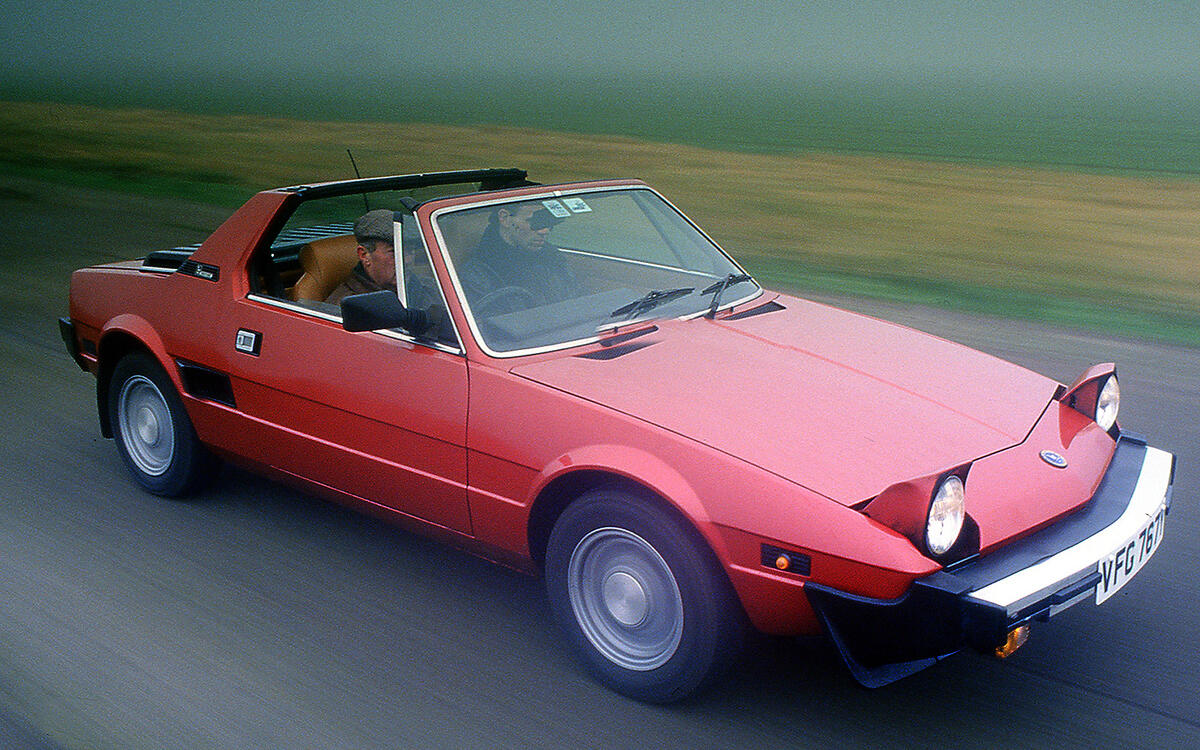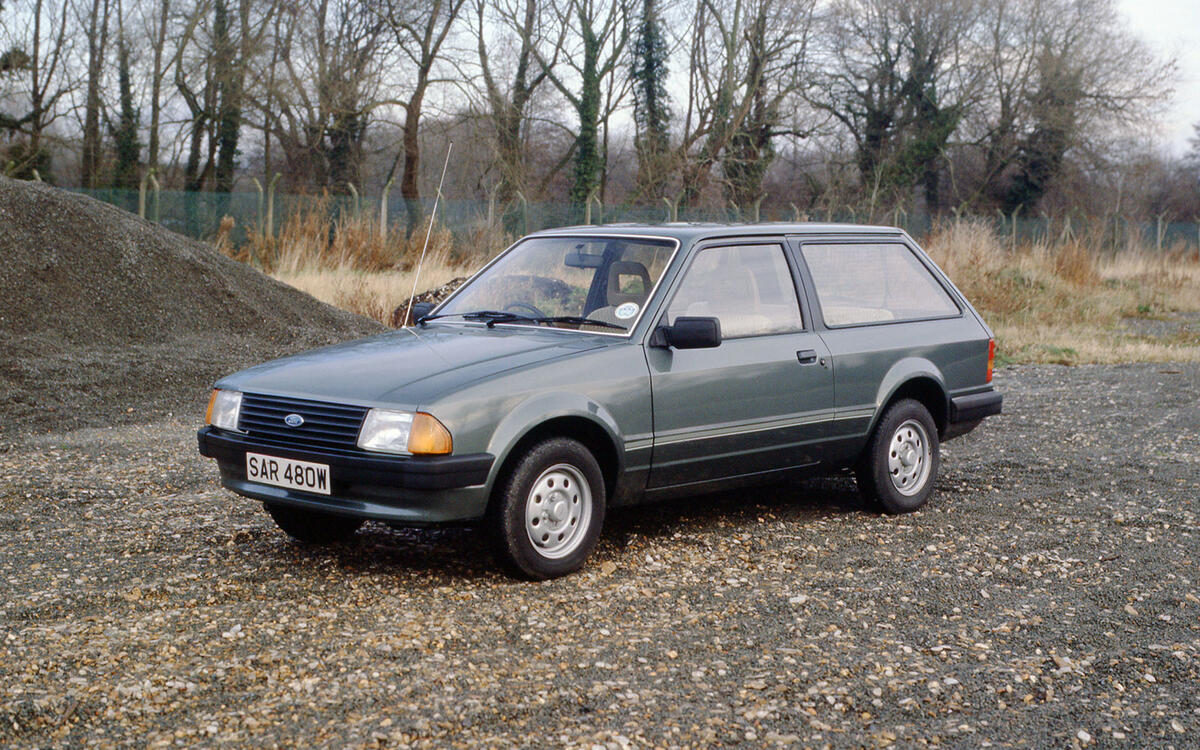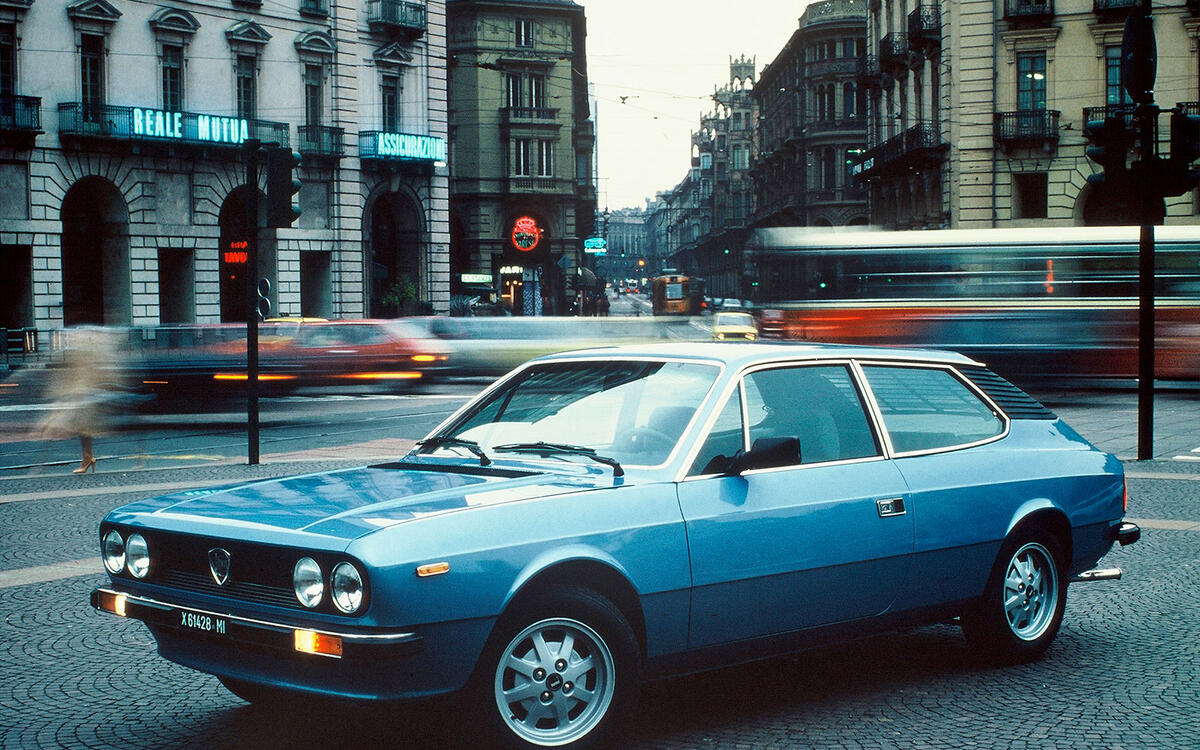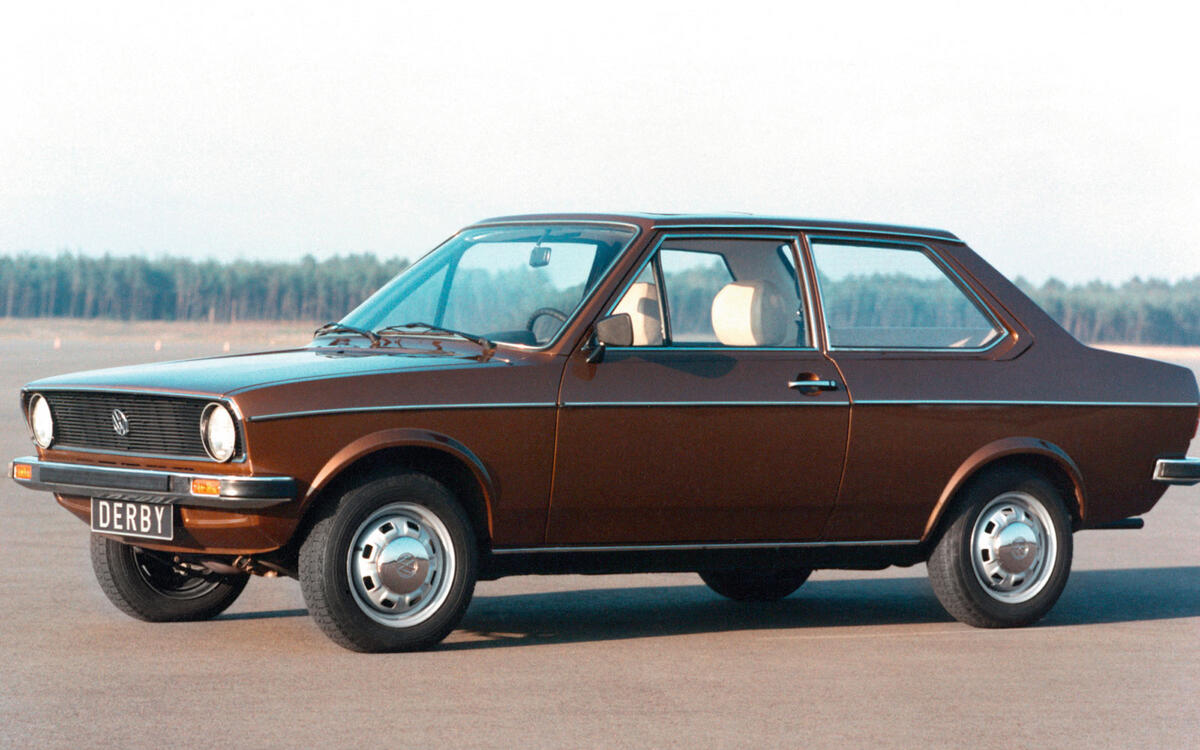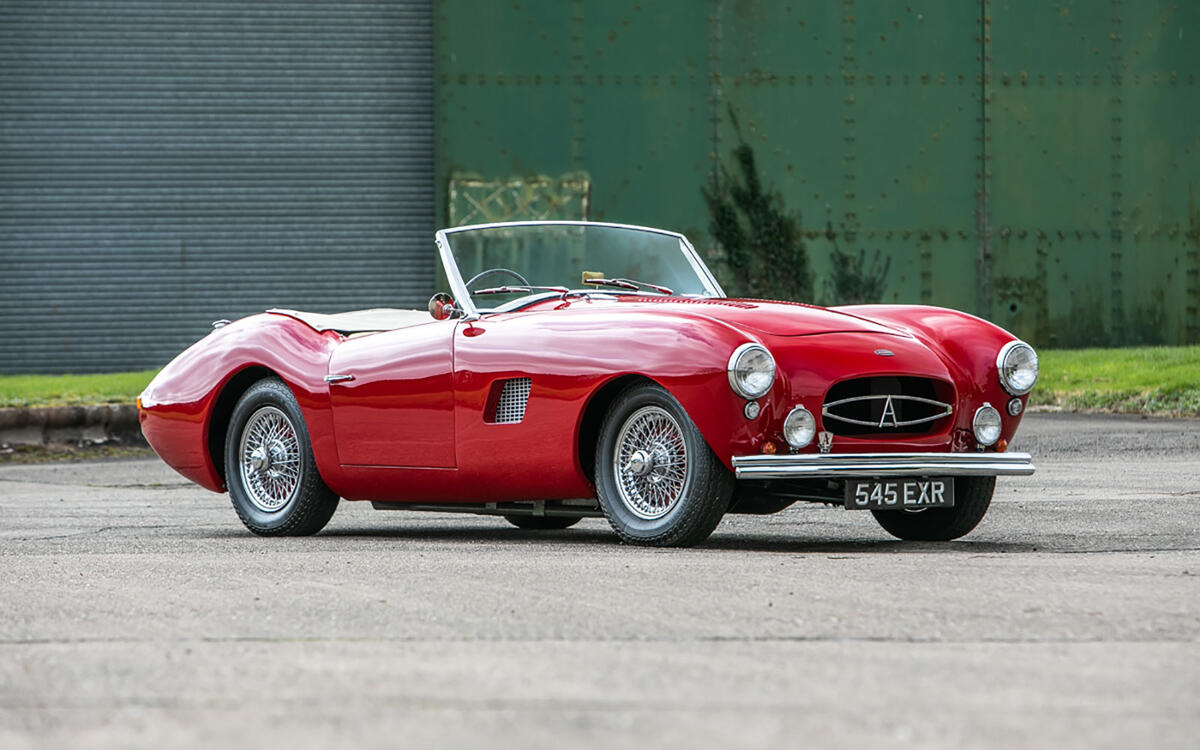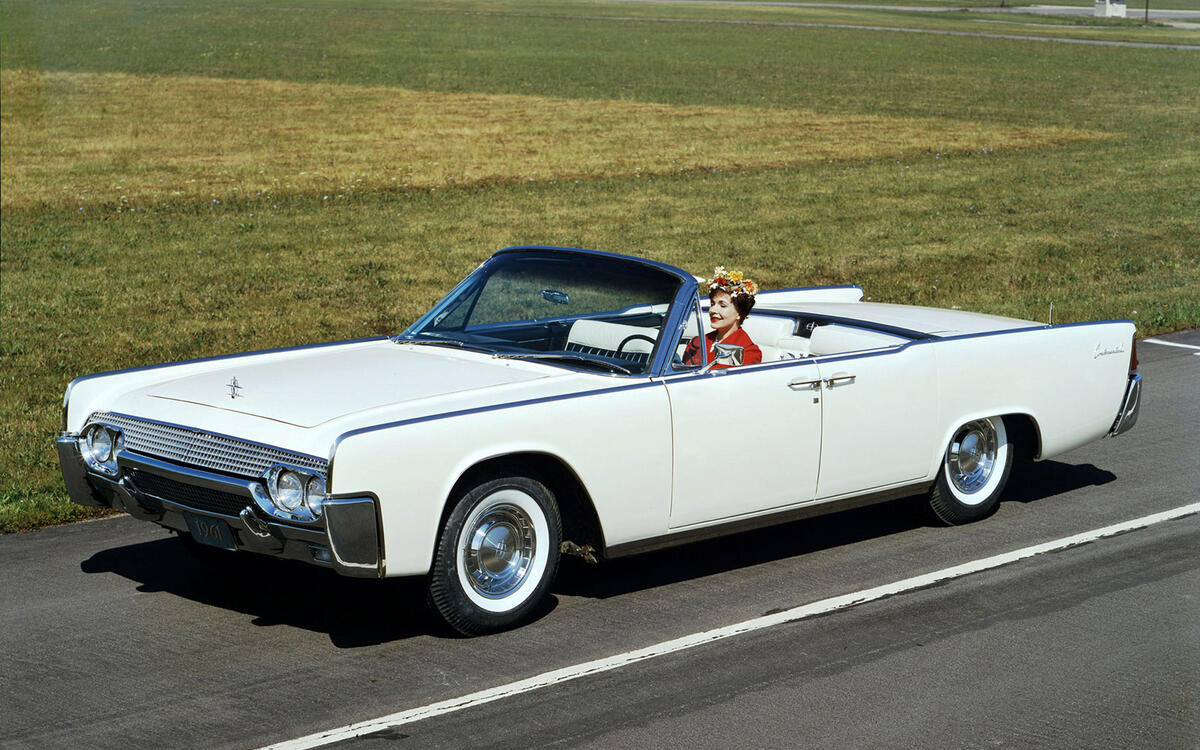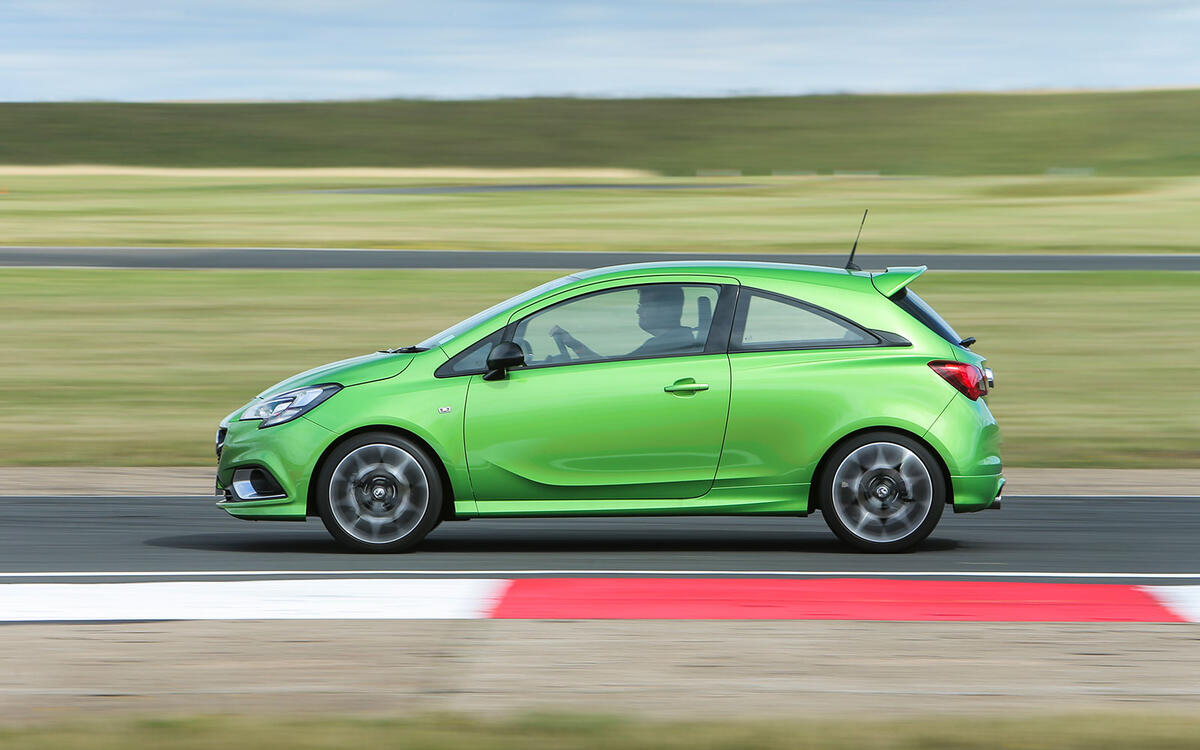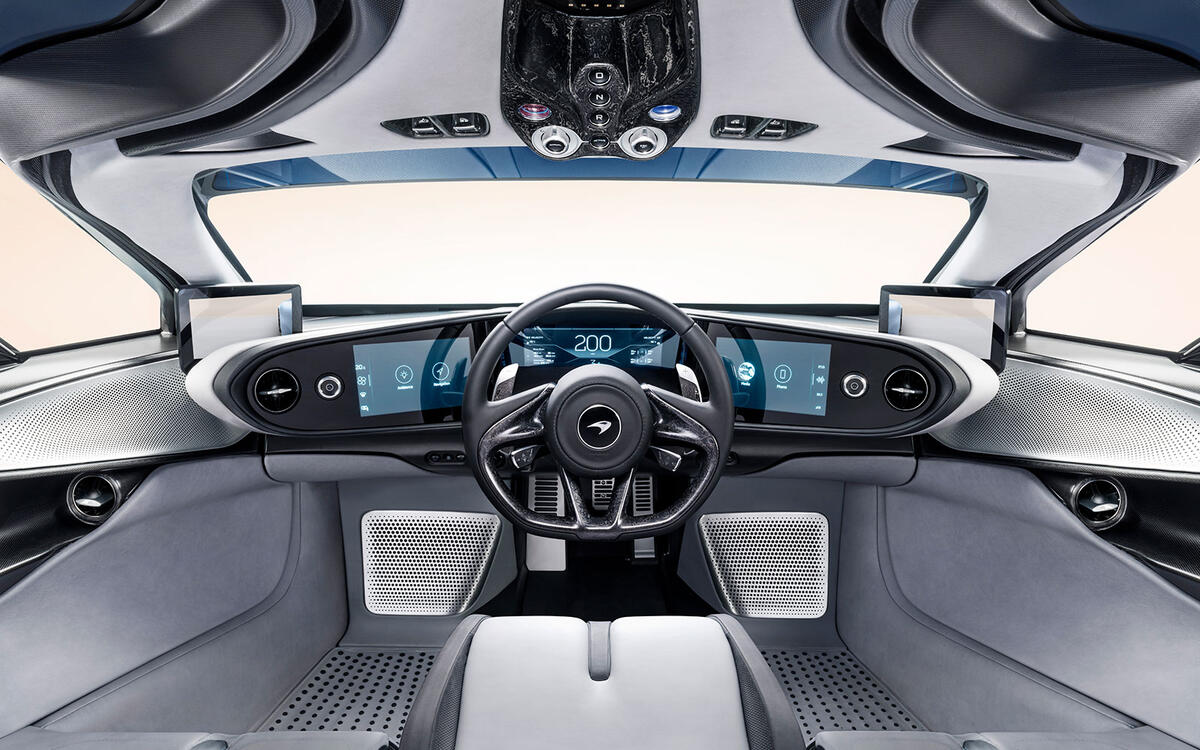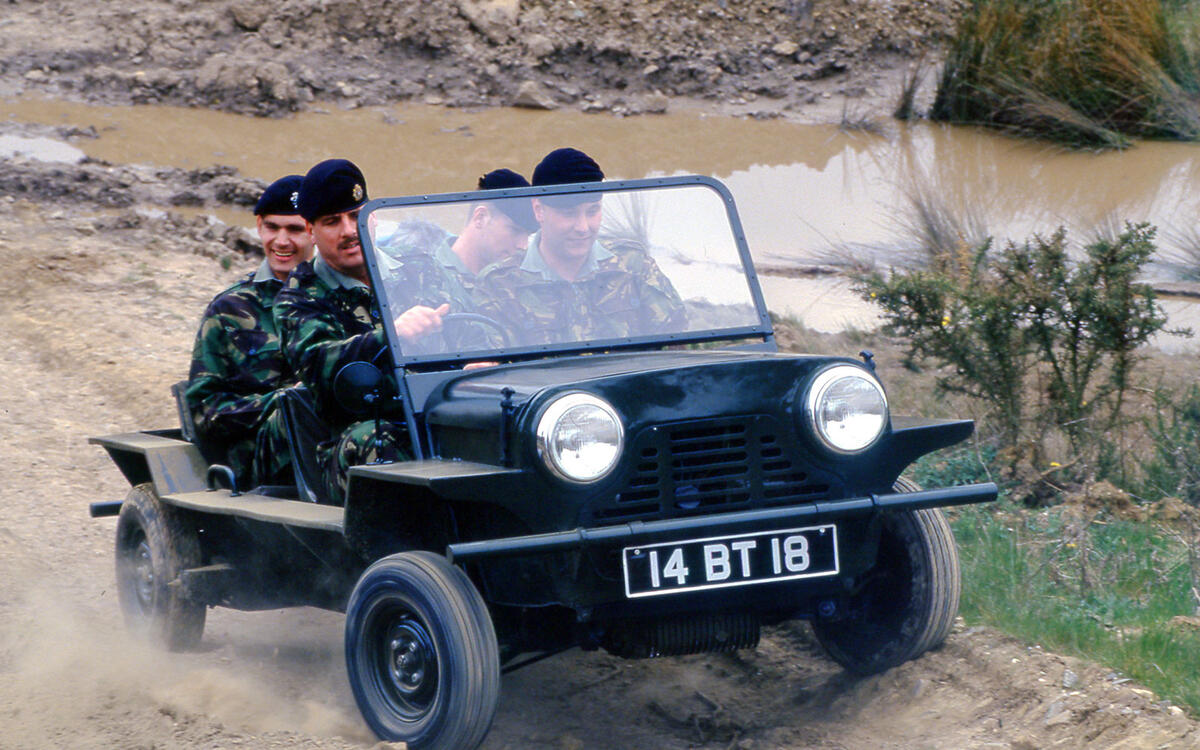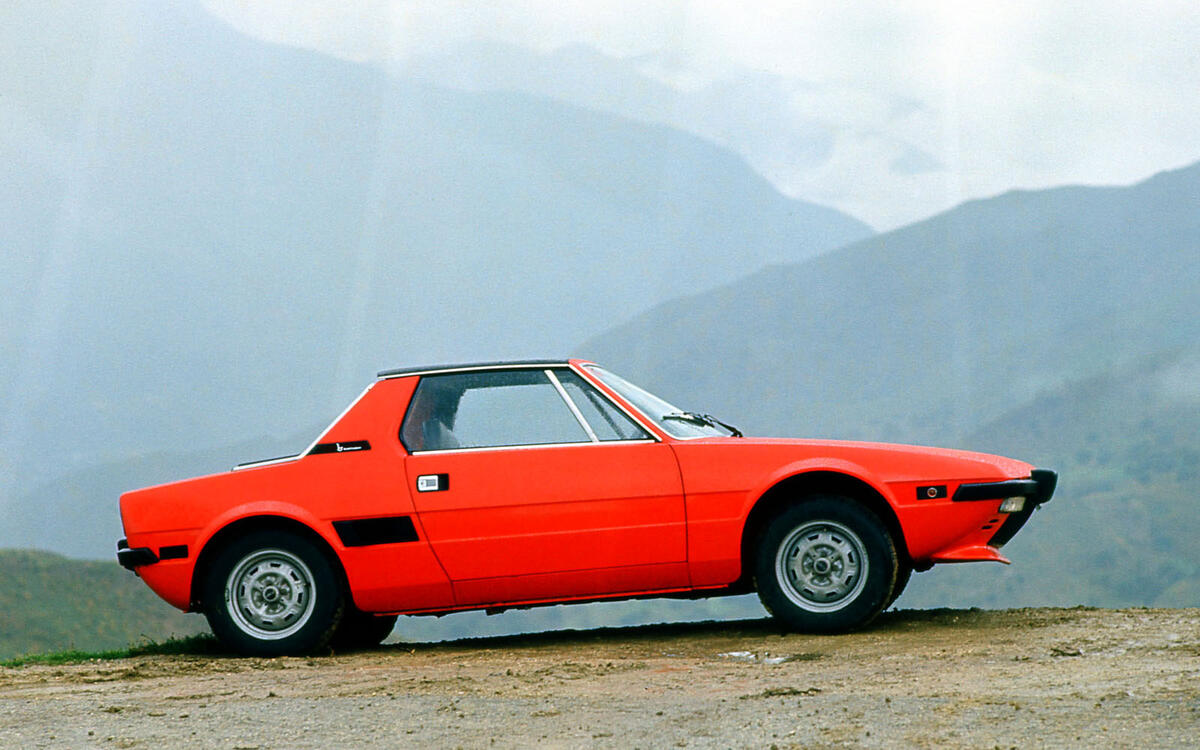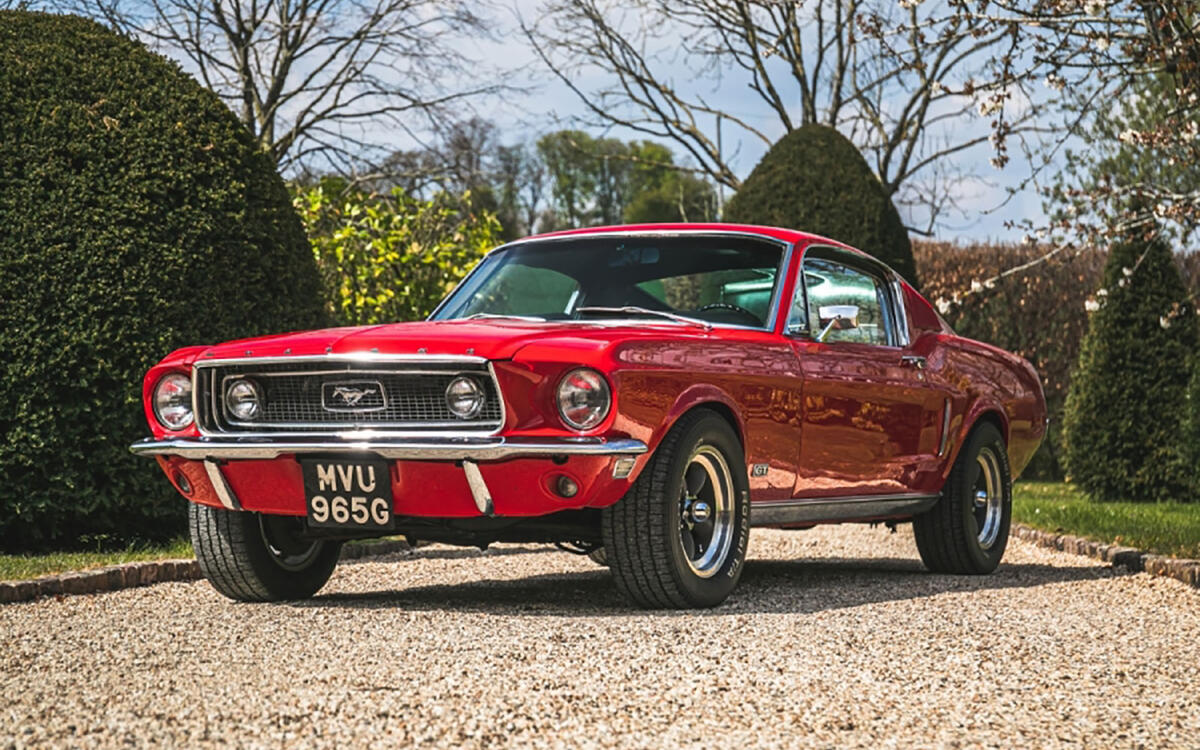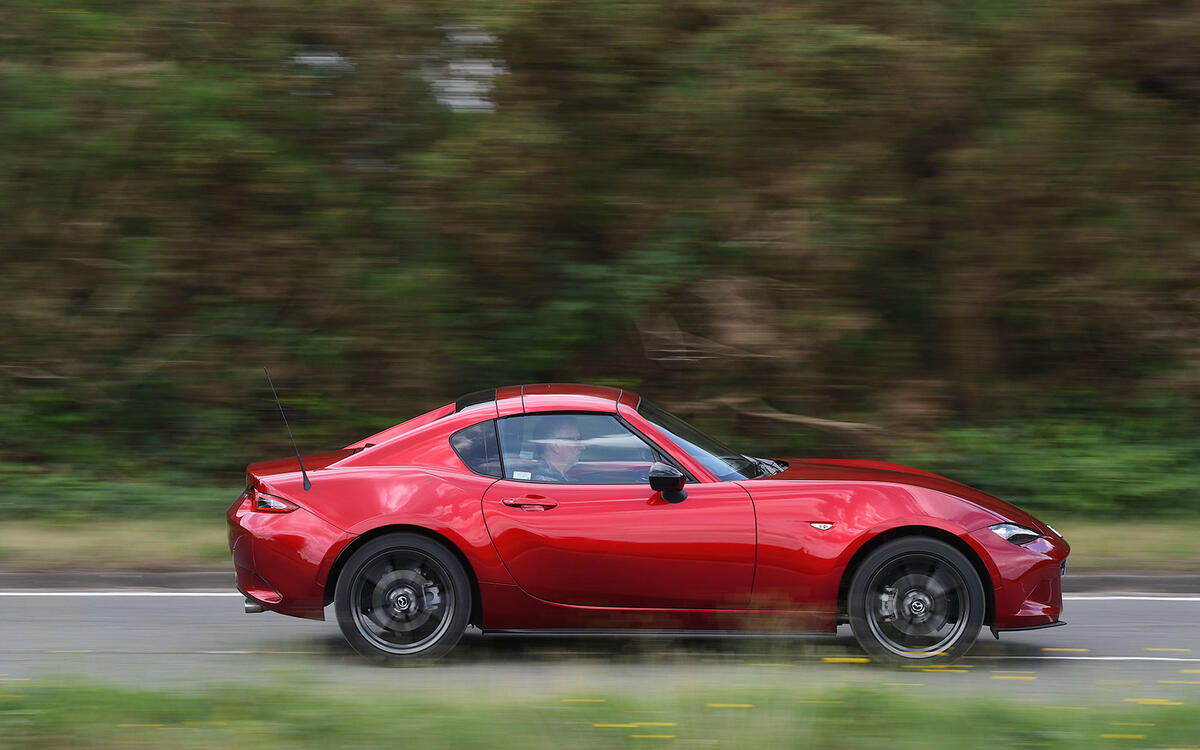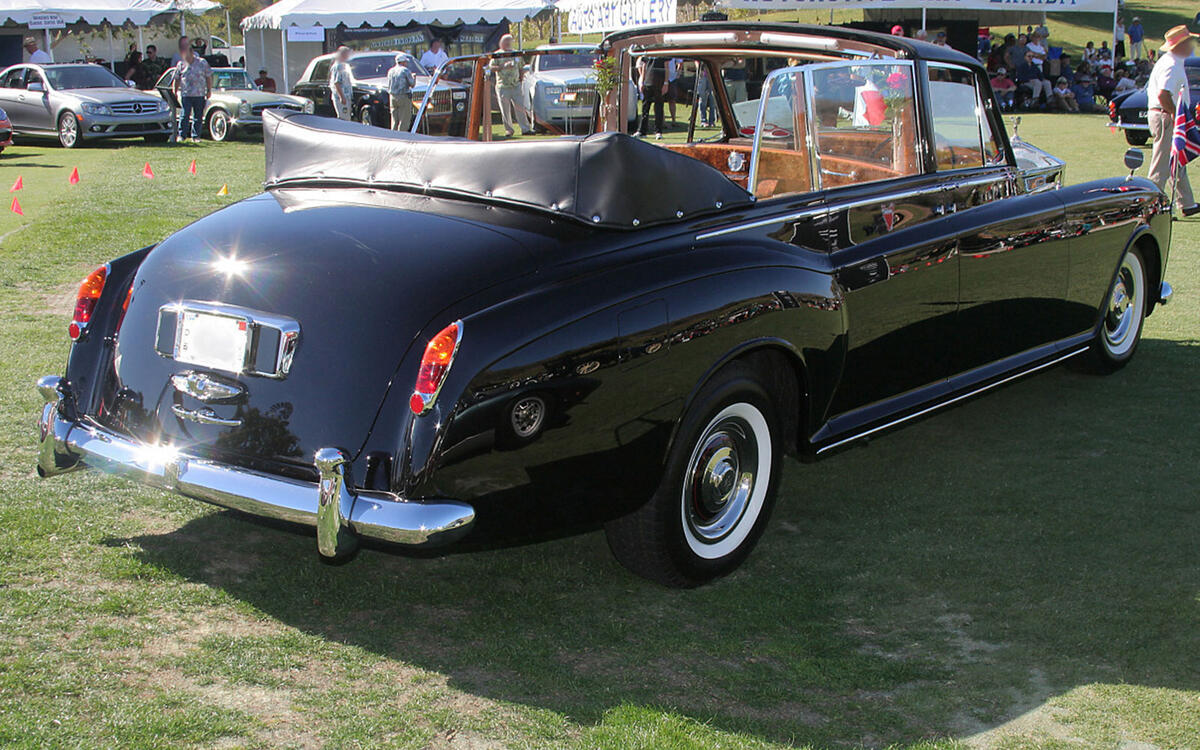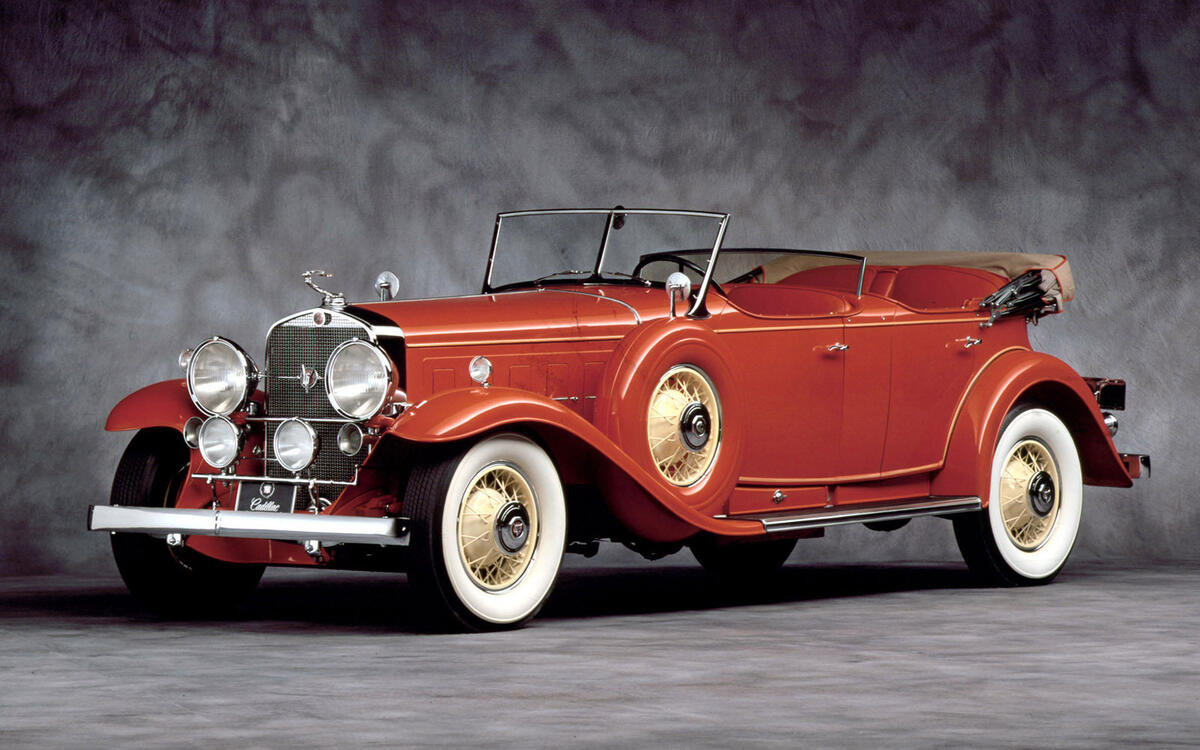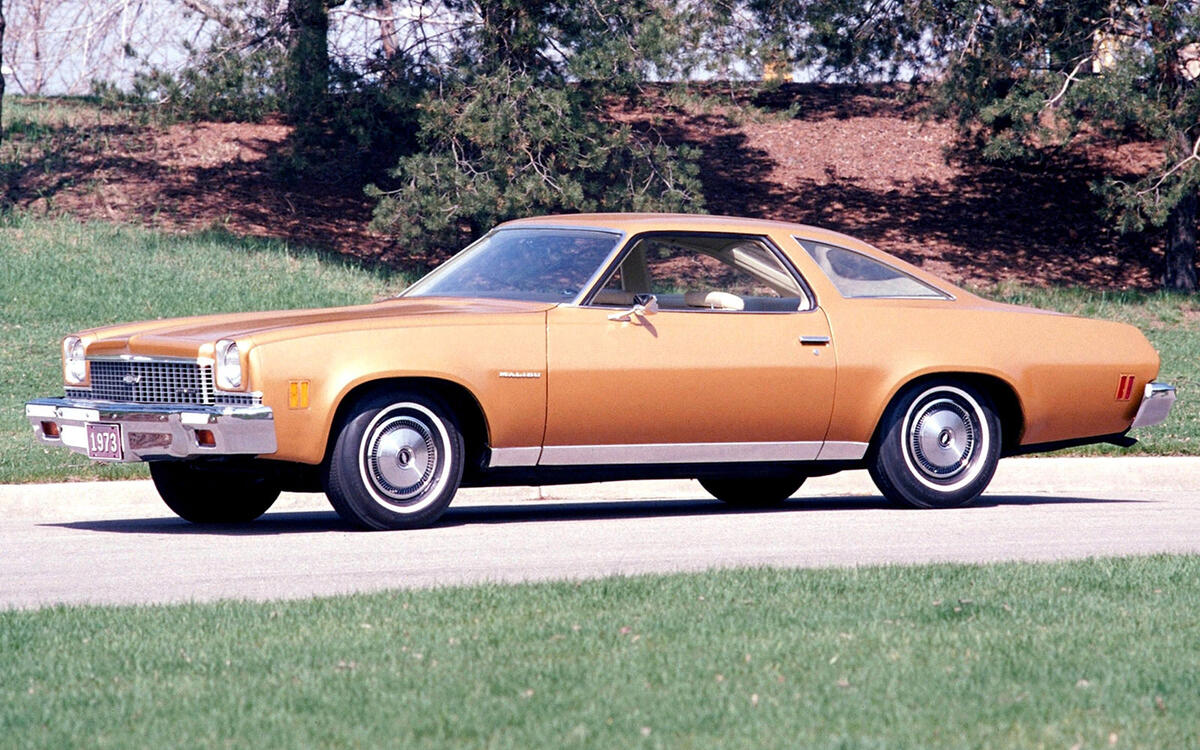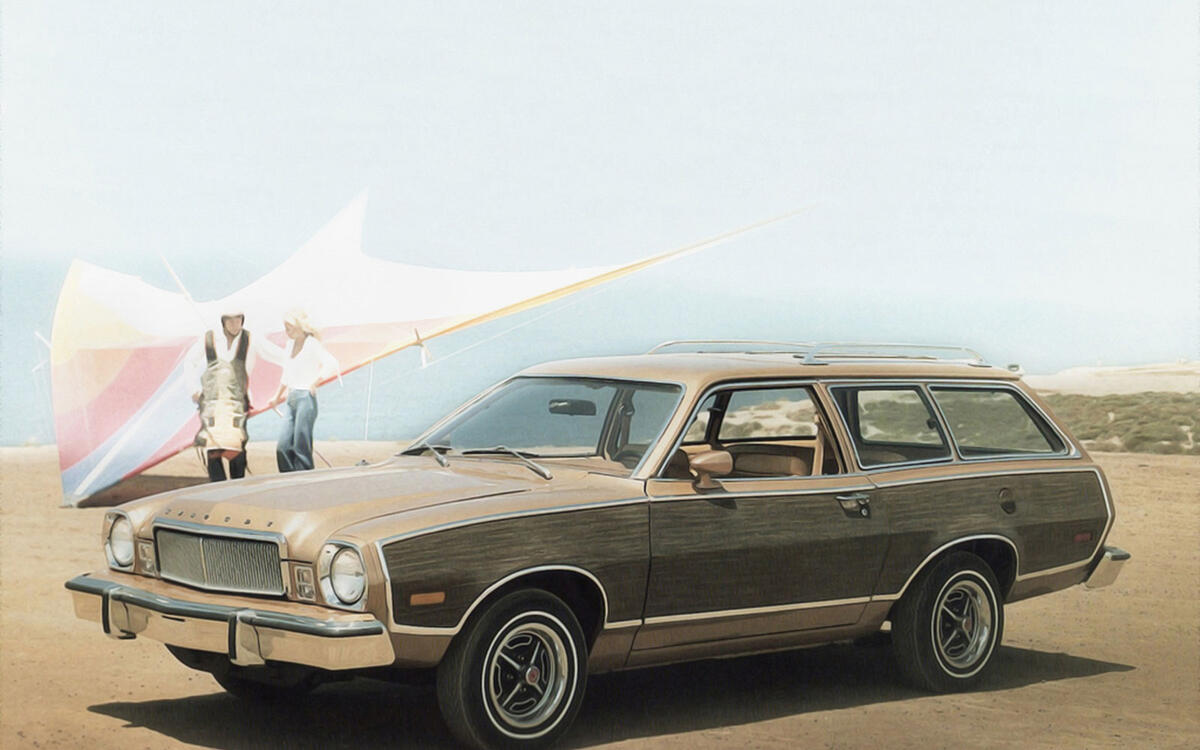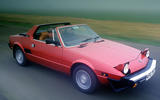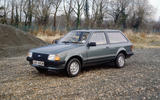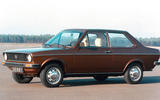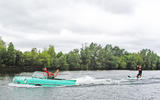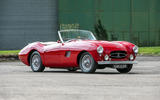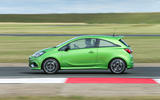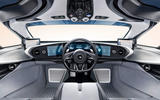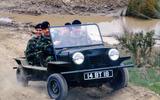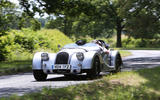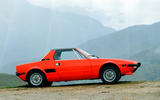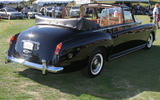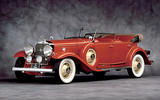 Slide of
Slide of
Whatever happened to the two door estate car, three box saloon and for that matter the Laudalette?
Those odd questions will keep you awake a night, especially if you have even the mildest of anorak tendencies. Manufacturers seem to invent model niches just for the hell of it, body styles regularly come and go whilst industry marketing wonks go on about alphabetic segments.
However, before everything on wheels becomes a Sports Utility Vehicle, let’s stop and take stock of where we are. Which models are dead, dying, on life support, or have simply been renamed as something else? Let’s take a look first at the totally dead ones:
 Slide of
Slide of
Two door estate
Remember these? A very regular sight from the ‘50s through to the ‘80s. Here was a working-class precursor to the hatchback. A popular format for small cars such as the Ford Prefect and Escort (pictured). Yes, the small to medium-sized estate car was often built as a popular two door. From the bread van VW Polo to the Vauxhall Chevette there was a ready market including interesting oddities like the faux 4x4 estate in the shape of the Matra Rancho. Yes the hatchback killed it.
 Slide of
Slide of
Shooting brake
This is quite distinct from the rather more blue-collar two door estate. This is a full-on sports car with a smidgen of practicality with a rear door and longer than is usual body. Originally coach built for moneyed shooting parties, it evolved into a gentlemen’s grand tourer and even the mainstream manufacturers had a go, for example the Reliant Scimitar GTE and Lancia HPE (pictured).
More recently there was a brief revival with the BMW Z3M which was effectively a MGB GT on steroids. It survives as the occasional one off-bespoke build for those who can afford it from the likes of Aston Martin and Ferrari.
 Slide of
Slide of
Two-door saloon
The simple two-door saloon was a staple from the ‘50s onward, being cheaper than the four door variants. However, upmarket models like the BMW 3 Series morphed into coupes.
Across the board, saloons eventually became more fastback styled and the upmarket ones were rebranded as coupes. The Ford Escort, Vauxhall Nova and VW Derby (pictured) were just victims of the all-conquering hatchback. Incidentally the one box saloon, (see the original Mini), is also very dead.
 Slide of
Slide of
Boat car
Outside of military vehicles such as the Wehrmacht’s Schwimmwagen, and the Alvis Stalwart there has only been the Amphicar (pictured), though you can build yourself a Dutton Surf from a kit and an old Suzuki Jimny. The bottom line is water and production vehicles really don’t mix.
 Slide of
Slide of
Three-seat roadster
The bench seat has a lot to answer for. Pretty much a 1950s thing in the Britain where there were such beauties as the Allard Palm Beach (pictured), Marauder and Riley RMC where someone could be a gooseberry passenger. Conventional convertibles and roadsters with even number seats won out.
 Slide of
Slide of
Four-door convertible
These cars were always a challenge structurally, even with a separate chassis. There were however lots of models to choose from in ‘30s through to the ‘50s. The most famous and indeed poignant one remains the Lincoln Continental Phaeton (pictured).
There may be the odd coach built anomaly for the oligarch that can afford it, otherwise they are just not worth the engineering bother. Mercedes-Benz did unveil an interesting and sumptuous four-door V12-powered convertible concept car named Concept Ocean Drive in 2006, but nothing came of it.
Now let’s take a look at the almost extinct car classes:
 Slide of
Slide of
Three-door hatchback
Ironically the class that nuked so many other formats is partly under threat as a city car because of draconian minimum manufacturer CO2 emissions requirements which are set to make them unviable. You can’t get a three door Vauxhall Corsa (pictured), or Toyota Yaris anymore, but even the tiny four doors will disappear from the price lists we reckon.
 Slide of
Slide of
3-seat coupe
No benches involved, just individual buckets. The Matra Simca Bagheera and its Murena successor flew the flag for the builders van seat layout. You could one more person on board than in a Lotus, though there was inevitably less elbow room. The game changer was the McLaren F1 which put the driver in pole position. No one copied it and only McLaren returned to the theme with the million pound plus Speedtail (pictured).
 Slide of
Slide of
Utility
Back in the old days these were faux or actual military vehicles available to the public. They included the original Land Rover of course, but also the Mini Moke (pictured), which was designed to be flat packed and parachuted into battle.
The Rolls-Royce powered Austin Champ was also a player as well as Unimog (from Daimler-Benz), Steyr-Puch Haflinger, Volkswagen Trekker (aka Thing) and Iltis, the very Jeep-like Suzuki LJ80 and beachfront friendly Citroen Mehari. These are certainly not crossovers.
 Slide of
Slide of
Speedster
This is now a fairly Porsche-specific reference, but historically it referred to a stripped-out roadster ready to race on the salt flats, from the early part of the 20th century. It has been applied to low volume (like the Plymouth Prowler) and concept cars where windscreens are optional and customers can afford a six-figure sum.
The best known today are the 911 Speedster, Morgan Plus 8 (pictured) and Aston Martin V12 Speedster.
 Slide of
Slide of
Commercial
This has been a long-term ruse to dodge tax: offer a vehicle in a van format with no side windows and rear seats so that it could be used as a business tool. Back in the old days it was purchase tax that was avoided. It was used on some quite posh coach built makes like Lea Francis so that it could become a station wagon/shooting brake for the hunting and fishing set.
More recently it has been something for artisinal free range sustainable egg-cup suppliers who can afford a Land Rover Discovery Commercial, or the short-lived Mini Clubvan (pictured). which was more of a promo for the brand. Most recently, Suzuki has used this route to circumvent the CO2 issue with the Jimny.
 Slide of
Slide of
Pop out roof convertibles
This may not be an official term, but manually pushing out a removable section was integral part of the appeal of the Fiat X1/9 (pictured), Datsun 280 ZX and Ferrari 328 GTS. Targa, a term first used on the 1966 Porsche 911 and is still available on the current 992-series 911 – but these days it happens automatically and elaborately.
What about model types that have been rebranded? Read on
 Slide of
Slide of
Fastback
Effectively this has been a name change. Most fastbacks were coupes back in the ‘50s, ‘60s and ‘70s; think of cars like the Ford Mustang (pictured) but that was a distinct listed model. In recent years BMW and Mercedes have applied that sloping rear to their saloons with their Gran Coupe and CLS models. There is also the newish Hyundai i30 Fastback, so maybe that’s a sign this shape is making a comeback.
What about model types that are under threat? Read on
 Slide of
Slide of
Roadsters and two-door 4x4s
Lots of models are waning in popularity because of buyer demographics and changes in fashion. Estates are being gradually replaced by SUVs, a long term trend. Roadsters are accounting for less and less of the overall car parc, such as the Mazda MX-5 (pictured) or Caterham.
Coupes are increasingly financially unviable especially for mainstream manufacturers; we won’t see another Ford Capri anytime soon, sad to say. Two door 4x4s are also under threat, unless commercial (like the Jimny already mentioned). The Lada Niva clings on – and a new one will emerge soon - as does the Jeep Wrangler.
 Slide of
Slide of
Landaulette
Lots of old coach building terms were carried over into the high end motor manufacturing trade and carried on into the ‘50s and ‘60s. Landaulette an open top limousine, so the posh people at the rear have convertible cover and the chauffeur is up front open to the elements, such as this magnificent Rolls-Royce Phantom V from 1966.
 Slide of
Slide of
Phaeton
Phaeton took its name from Greek mythology and was applied first to light forward facing carriages and eventually the form became an open car with room for at least five on board. So essentially it was a spacious convertible. A great example is the lovely 1931 Cadillac V-16 Dual Cowl Sport Phaeton, pictured.
This is just one of the American types that have died a death, but let's look at some more
 Slide of
Slide of
Colonnade Hardtop
General Motors designed several 1973 coupe models in anticipation of rollover regulations that in the end never arrived; that gave us coupes such as the Chevrolet Chevelle Laguna (pictured), complete with B-pillars.
These cars sold in large numbers as part of the wider 'personal car' boom of the 1970s in the US. This type fell out of favour in the following decade, and no US car maker makes one today; the closest anyone gets today are cars like the Mercedes E-Class Coupe.
 Slide of
Slide of
Liftback Station Wagon
This was essentially a two door and tailgate estate in compact and sub-compact form, such as the Mercury Bobcat Villager Station Wagon, often with added ‘wood’ (pictured). However, two door and Hardtop Station Wagons, the latter being the sportier pillarless version, were also available as a four-doors (see the Mercury Commuter).
You may not have noticed, but entire classes of car have completely vanished from our roads - and several will soon join them. We take a look at the most notable
Advertisement


